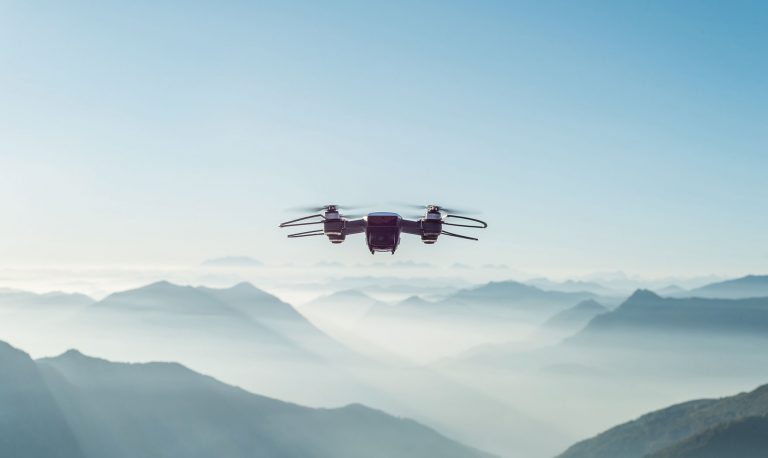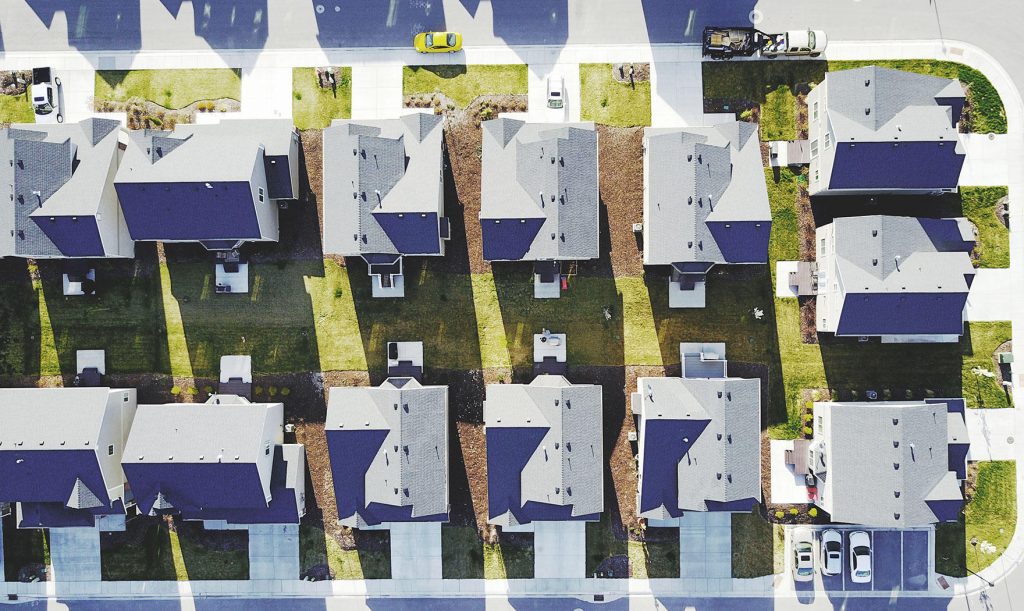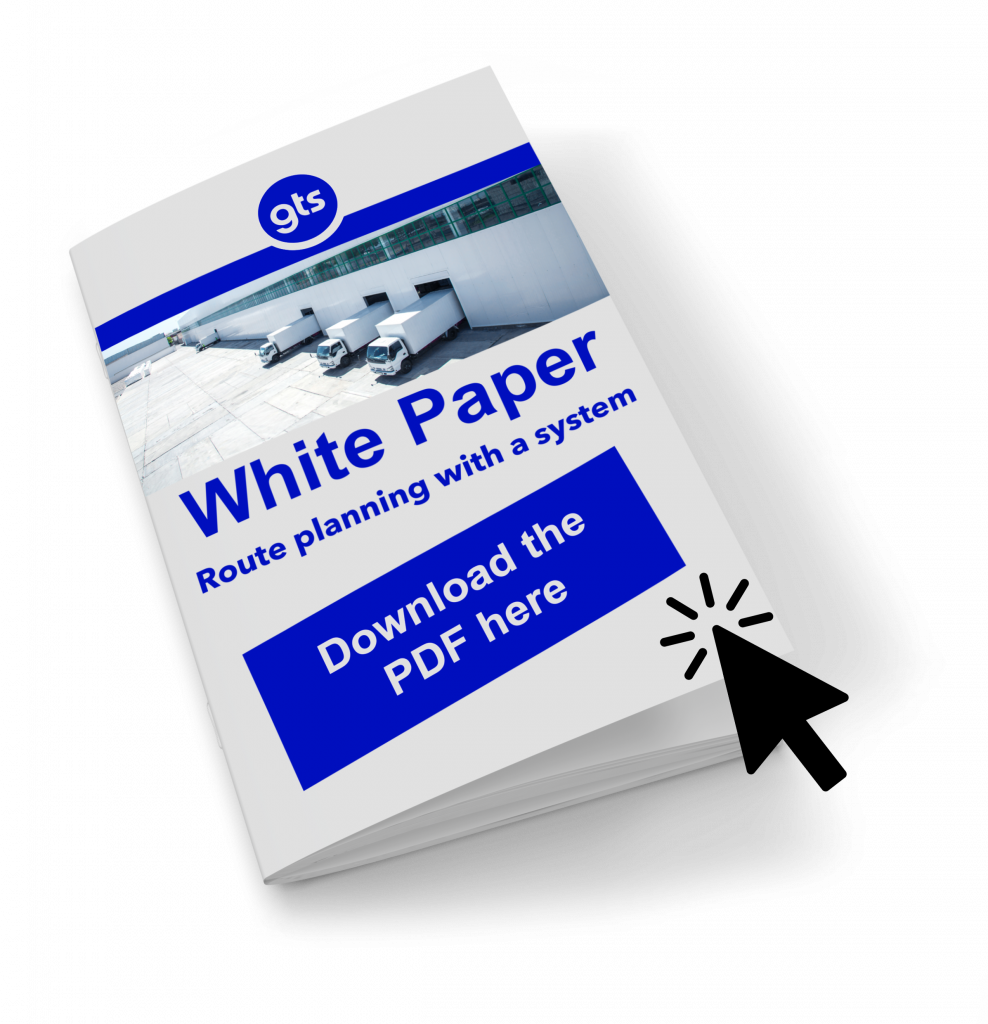
They fly autonomously from door to door, land precisely - even on moving targets - and return to the starting point without outside help. All of this on time, quickly and environmentally friendly. Logistics drones do not get stuck in traffic jams, are not tied to the road network and use electricity instead of fossil fuel. But are delivery drones actually conquering the logistics industry? Are they the ultimate solution for the last mile in urban logistics?
Whether efficiency increases, inner-city driving bans or the increasing volume of shipments - vehicle manufacturers, dispatchers, courier services, urban planners and traffic researchers are working hard to find alternatives for inner-city goods transport and for route optimization in metropolitan areas. In addition to cargo bikes, e-cars and micro-depots, the focus is on logistics drones. There are numerous pilot projects in which parcel and delivery drones are tested. So what potential do "unmanned aerial vehicles" have for the logistics industry?
Pilot projects for drones of the big companies
The little high-flyers are being researched around the world. The “big ones” in the industry, from Amazon to Alibaba to DHL, have been testing the use of delivery drones for years. With Amazon Prime Air, the shipping giant is already thinking a step further and wants to deploy intelligent parcel drones with flying distribution centers. The flight robots are to be equipped with sensors, cameras and gesture detection so that they can perceive people's gestures, facial expressions and acoustics. They should react to this and automatically adjust their routes if necessary. For example, the waving of a person can be interpreted as a signal for correct delivery. However, it is unlikely that this will establish itself as a new form of dynamic route planning. Work is continuing on smart concepts for how logistics drones can be integrated into transport and traffic flows and route planning systems. Data analyzes and networked structures play a central role in using delivery drones in such a way that they can relieve urban traffic.
Mobile consolidation for the drones
From a planning point of view, route optimization for drones is extremely interesting and demanding. Because realistically, a drone can only pick up one or a few packages at a time. This means that in most cases a combination of a delivery vehicle and several drones could be used. The delivery vehicle moves through the delivery area while the drones “swarm out”, deliver a package, return to the vehicle, pick up the next package, etc. The delivery vehicle can be used to load the drones if necessary and also to deliver packages yourself . Above all, the delivery vehicle will keep moving in the area between the departure and arrival of the drones. This creates something like a dynamic consolidation point. Not only in science is there initial work on route optimization of this type. The automotive industry is already researching and testing. With the “Vans & Drones” project and the fully networked “Vision Van”, Daimler has developed a transporter concept for mobile consolidation: Transporters serve as mobile take-off and landing sites for delivery drones.
DHL drone delivers parcels in Bonn
In 2013, DHL designed the self-flying parcel copter to supply hard-to-reach areas. After test flights of the first three generations over the Rhine, to the North Sea island of Juist and to the Winklmoosalm, the parcel copter 4.0 has now flown to an island on Lake Victoria. At 130 km / h and a load of 4 kg on board, the parcel drone covered a distance of 65 km. Although DHL has not yet planned the parcel drones for mass delivery, this is probably precisely the actual goal. After all, there was already a test in which Post employees in Bonn could have parcels delivered by drone.
Drones have not yet reached the heights of logistics
Logistics drones have already made the leap from science fiction films into everyday life. But they are not (yet) suitable as delivery drones for mass deliveries. Due to the relatively short range of the batteries and the low payload, they cannot replace the “classic” delivery service. In urban areas, however, the greatest challenge lies in transporting as many goods as possible in the shortest possible time. The personal acceptance of a parcel via delivery drone is also a long way off. Last but not least, the logistics drone will fail because of the narrow inner city and the lack of landing areas.
The use of logistics drones is unthinkable without landing sites.
Dr. Tore Grünert
Managing Director

Route planning with logistics drones, Photo: Blake Wheeler
The use of the small flying robots in rural regions, remote villages or drilling rigs with sufficient space for landing stations is more realistic. Speaking of islands: Iceland is a pioneer when it comes to the use of drones. The food supplier AHA and the drone developer Flytrex are currently testing a concept for transporting pizza, burgers and the like to Reykjavik. The drones are now transporting food to the center of the capital on 13 approved routes.
Drones in logistics: the perfect messengers
The use of transport drones as a supplement to supply chains, for the operation of depots or for the automation of high-bay and other storage systems is ideal. The inventory drone, which records the inventory with cameras, is already in use. Last but not least, logistics drones have proven themselves in in-house transport on extensive company premises. For flights in halls or between warehouses, they are the perfect messengers, especially since no flight permits are required here. Commercially used drones are subject to the air traffic regulations. In March 2018, the Federal Ministry of Transport and Digital Infrastructure (BMVI) issued a new drone ordinance, which, however, gives commercial users more options. So it says: “Commercial users previously needed a permit to operate unmanned aviation systems - regardless of weight. In the future, no permit will be required to operate unmanned aviation systems weighing less than 5 kg. In addition, the existing general ban on operating outside of sight will be lifted. State aviation authorities can in future allow this for devices weighing 5 kg or more. "
Here you can find our Success Stories .




